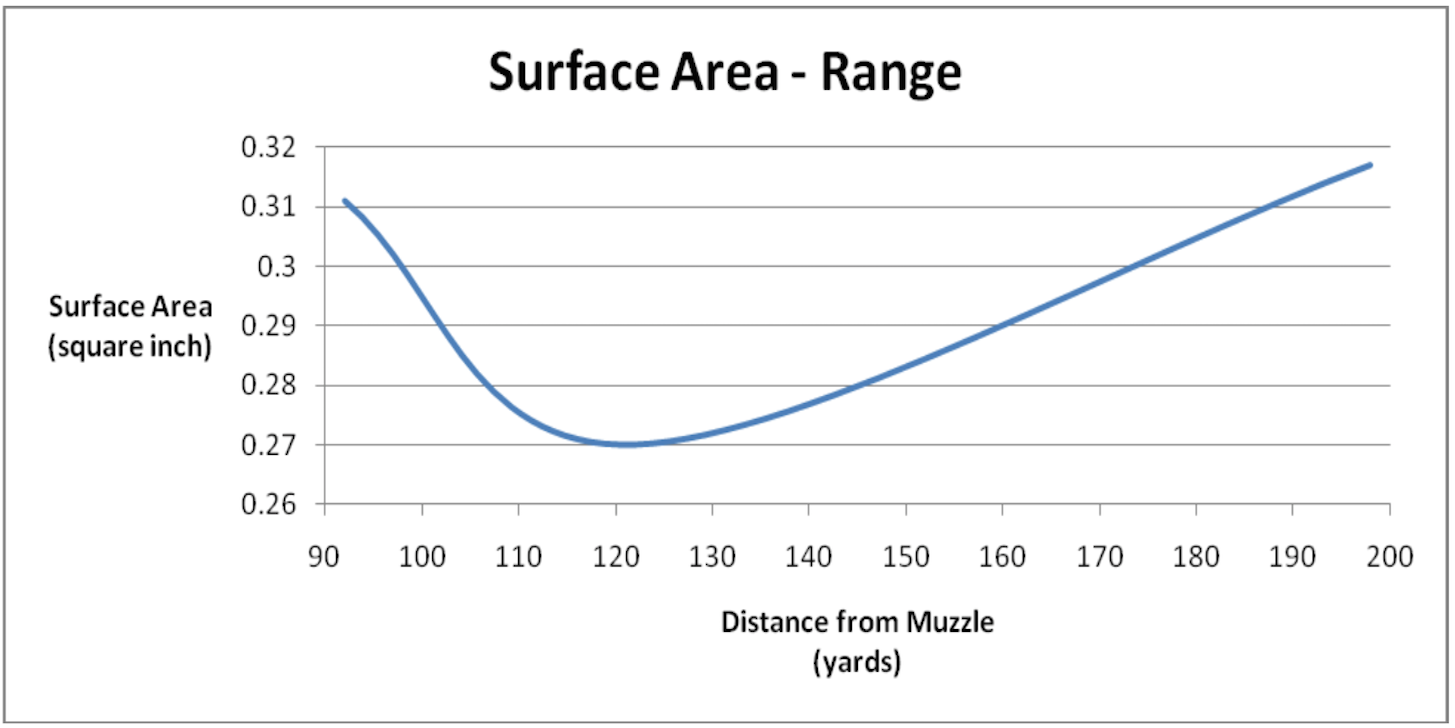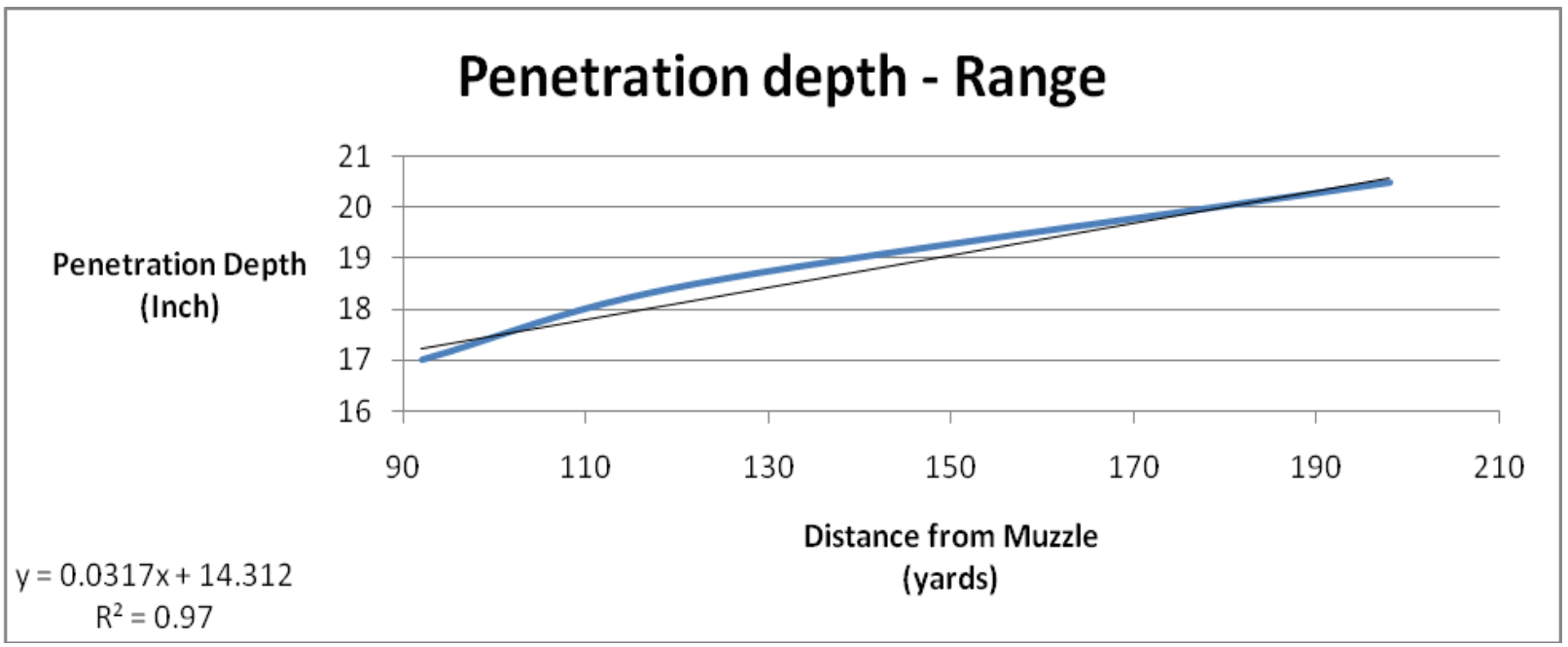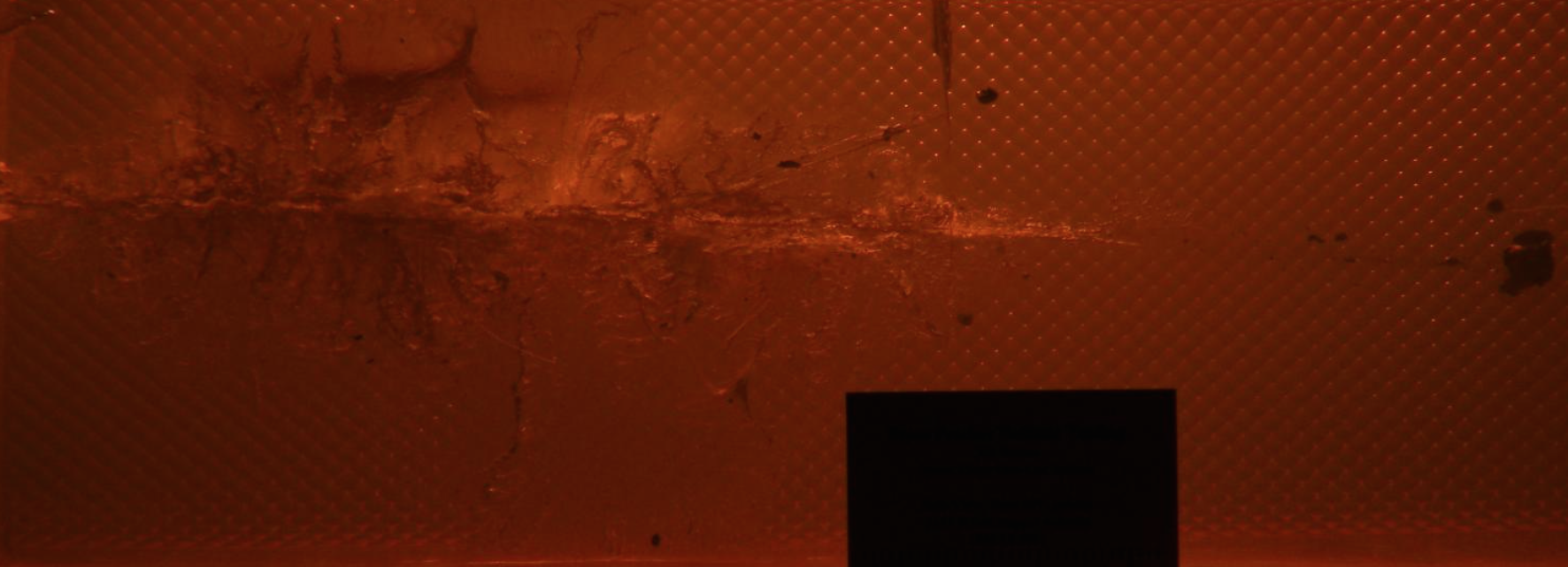Brass Fetcher Ballistic Testing
Terminal performance of the Speer 150gr Hot-Cor Spitzer Fired from Lee-Enfield No.4 Mk 1 (.303 British) Rifle into 10% Ballistic Gelatin Blocks
Foreword
This test was sponsored by Ken W., in memory of William Lankford of Jacksonville, Florida:
"This test was done as a tribute to William (Bill) Lankford who was a friend to many in the gun world. He was a retired Special Agent, U.S. Customs Service & served his country in the United States Army in France as a member of the Army rifle team. He was the most generous person I have ever known and took in more than his share of "newbies" to show them how to shoot, clean a gun, reload ammo and chew the fat. He is surely missed."
It is in his memory that this report is dedicated.

Notes:
Weapon – Lee-Enfield No.4 Mk 1 (.303 British) rifle; with 25” barrel length
Load # Handloaded ammunition
Distance – 10 feet from muzzle
Introduction
The .303 British cartridge is most commonly found in the Lee-Enfield series of bolt action rifles. These rifles are high quality military surplus weapons that can typically be bought in good condition for 400USD (in early 2011 US dollars). With a maximum kinetic energy at the muzzle of 2400 ft-lbf, this cartridge compares similarly to the terminal effects of a .308WIN rifle with a kinetic energy of 2600 ft-lbf, using 150gr bullets.



Figure 2 illustrates a common performance for non-bonded rifle bullets operating within their designed velocity range. At close ranges, where velocity is higher, the bullet expands to the extent of near-total fragmentation. This is particularly useful for self-defense and shooting small to medium game animals. As the range increases and the impact velocity decreases, we see less and less deformation done to the bullet and a greater exposed surface area. The ‘dip’ in the graph can be accounted for by the design of this particular bullet. At this point, the velocity has dropped off significantly and the bullet is able to retain more structural integrity and also maintain good penetration depths.

We see the penetration depth of the bullet going up as distance from the muzzle increases. One of the advantages of going with bonded bullets or solid copper bullets that expand, is greater reliability in the terminal performance of the bullet. As a bullet travels through air, it moves very similarly to a football that is thrown in a tight ‘spiral’. Although the projectile appears to be traveling in a straight line, it is commonly changing nose angles between 0 and 5 degrees. This effects the localized pressure distribution on the bullet when it strikes a target and thus influences the way in which a bullet expands. Bullets that retain their structural integrity will present to the target a more consistent shape and surface area than a bullet that is on the edge of falling apart. As such, we feel that non-bonded rifle bullets are perfectly acceptable for usage against human attackers and small game animals, but must point out that bonded rifle bullets are generally more predictable in their wounding effects.
Notable positives of the higher-velocity shots include the presence of ‘useful fragmentation’. That is, fragments that cut independent tracks off of the line of penetration of the main projectile. This increases the chance of striking a vital structure within the body, even in the event of a poorly-placed shot. In the case of the 2461 ft/sec impact, we see a 3.1gr fragment that broke away from the line of action at 7.0” and traveled to 8.5” depth and a 4.2gr fragment that broke away from the line of action at 7.0” and traveled to 10.8” depth. The shot impacting at 2388 ft/sec threw one massive 6.9gr fragment that penetrated from 6.7” to 11.3”. Useful fragmentation is one very positive performance aspect of a well-designed, non-bonded projectile.









Conclusion
As tested, the Speer Hot-Cor Spitzer 150gr bullet is a suitable bullet for self-defense and small game hunting when fired from a 303 British rifle. We like the useful fragmentation generated by this bullet and feel that both expansion and penetration are very good. The toughness of the jacket could stand to be increased in order to make the expansion of the bullet and its terminal performance more repeatable.